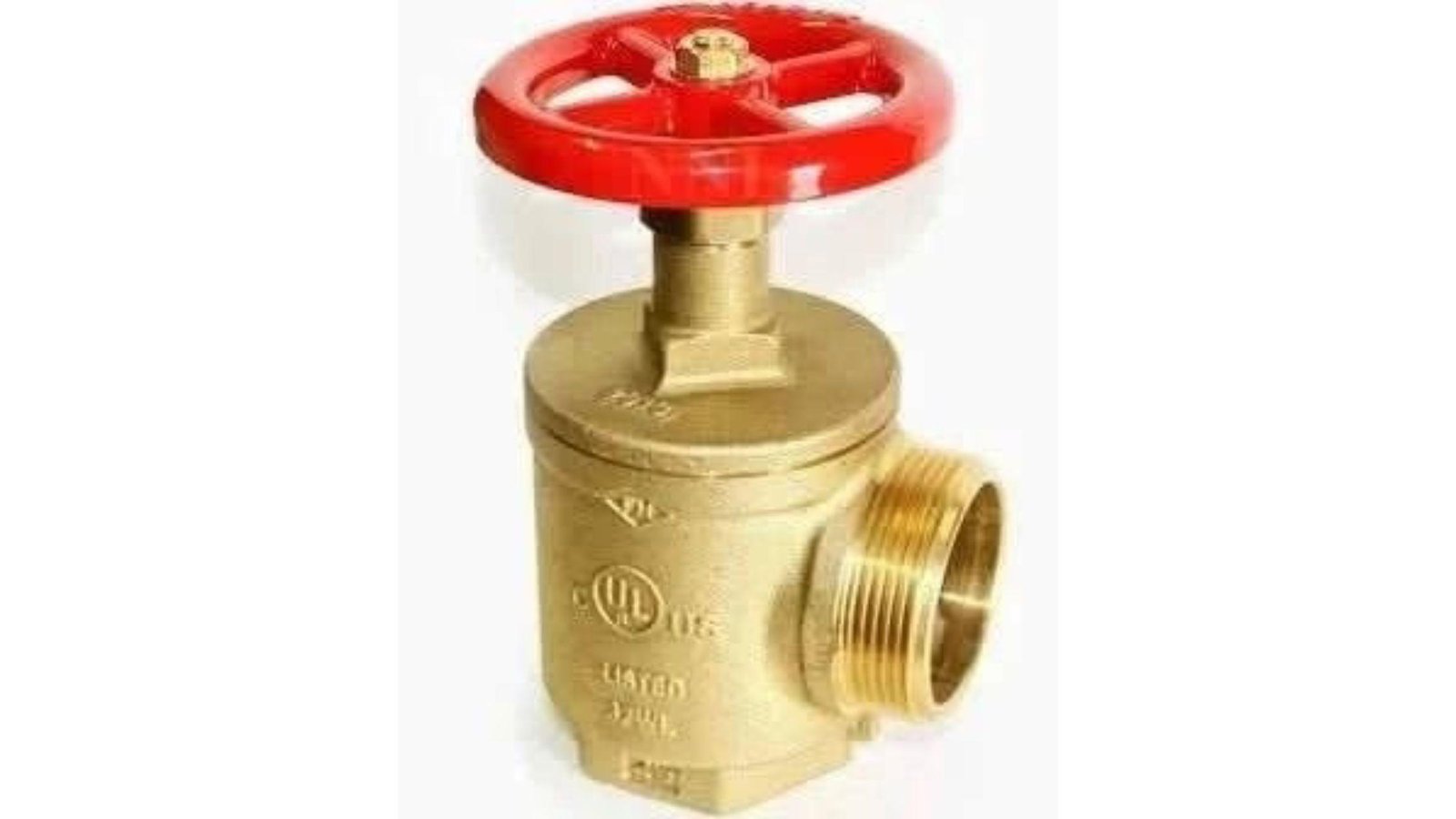Fire protection isn’t just about water and pressure — it’s also about clear communication. In an emergency, everyone from firefighters to maintenance crews must know exactly where to go and what to do. Fire sprinkler signs are the unsung heroes of this system, providing fast, accurate information that saves time, prevents errors, and improves safety.
At Fire Protection Parts, we know that a reliable sprinkler system depends on more than just pipes and valves — it also relies on precise, compliant signage that speaks for the system when it matters most.
Why Fire Sprinkler Signs Matter?
Fire sprinkler systems are often complex, with multiple components spread across large commercial or industrial spaces. Without labels, locating critical components like valves or drains can delay response and increase risk. Fire sprinkler signs are required by code to label these components clearly. More than just labels, they guide action — helping first responders make split-second decisions and aiding maintenance teams during routine checks or emergency shutdowns.
These signs also support code compliance. NFPA 13, which governs the installation of sprinkler systems, requires permanent signage for valves, control systems, fire department connections, and more. A lack of signage can result in inspection failures, citations, or worse — a compromised emergency response.
Common Types of Fire Sprinkler Signs
Fire sprinkler signs come in various formats depending on their role in the system. Here's a quick breakdown of the most commonly used ones:
- Control Valve Signs – Identify valve numbers, locations, and operation status (open/closed).
- FDC (Fire Department Connection) Signs – Indicate where firefighters can connect hoses to feed water into the sprinkler system.
- Riser Room Signs – Label the room where risers, valves, and gauges are located.
- Main Drain & Test Drain Signs – Help technicians find drains quickly during testing or servicing.
- Pressure Gauge Tags – Mark pressure points and offer operational guidelines.
These signs are usually color-coded and formatted for quick visual understanding, with high-contrast text that remains readable in low-light or high-stress situations.
Placement and Installation Guidelines
Proper installation is critical for the effectiveness of fire sprinkler signs. Signs must be placed near the system component they refer to — and in a location that is easy to see during emergencies. This often means mounting them:
- At eye level
- On or directly beside control valves
- On doors leading to riser or mechanical rooms
- Above or near fire department connections
- Near any test or drain valve locations
Using weather-resistant, UV-stable materials like aluminum or engraved plastic ensures that signage won’t fade, warp, or wear off over time — especially in humid environments or exposed locations.
Code Compliance and Material Standards
The National Fire Protection Association (NFPA) sets clear expectations for fire sprinkler signage, particularly under NFPA 13 and NFPA 25. Some local fire marshals may also add their own signage regulations, so it’s important to stay updated.
To meet these requirements, signs must be:
- Permanently attached
- Weather- and corrosion-resistant
- Legible and specific
- Color-coded (typically red with white text or white with black text)
Choosing the wrong material or skipping required signs can lead to code violations. Our team at Fire Protection Parts helps customers meet these standards with ease through compliant, customizable signage options.
Tips for Selecting the Right Fire Sprinkler Signs
Choosing the right signs doesn’t have to be complicated. A few simple steps can ensure your system is both safe and compliant:
- Review your system layout – Identify all valves, risers, drains, and FDCs.
- Check local code requirements – Make sure signage type, size, and material meet your local codes.
- Choose long-lasting materials – Durability matters, especially in commercial or industrial settings.
- Customize for clarity – In unique setups, custom signs can eliminate confusion and improve response.
Also, don’t forget to label related components like hose connections, which are often used alongside sprinkler systems during firefighting operations. Clearly marked hose points make it easier for emergency crews to access water quickly.
Concluding Opinion
Fire sprinkler signs are more than just printed plates — they’re essential tools in protecting property and saving lives. In emergencies, where every second counts, clear and compliant signage can direct crews to exactly the right spot. And during inspections or maintenance, they guide technicians to perform their jobs quickly and accurately.
At Fire Protection Parts, we provide not only the hardware to build strong fire protection systems but also the signage to support them. Whether you need standard labels or custom fire sprinkler signs built to fit your space and meet your local codes, we’re here to help.
Stay safe. Stay compliant. Trust Fire Protection Parts.
